Sponsored by Murakami City
Why we should visit Murakami!?
Niigata truly is perhaps one of the most diverse and niche prefectures in Japan. Each unique destination presents us with something a little special and in Murakami, we were given the gift of Salmon. In fact, this place is salmon crazy. The train station was plastered with images of salmon, salmon hung drying from shops and even the drain covers on the sidewalk were decorated with salmon. This town truly do love their salmon and are proud of it. Coming from England, where towns aren’t particularly famous for anything except for maybe a good pub, this turned into quite a unique experience for me; one that I think everyone should experience.

The famously fast Japanese Shinkansen from Tokyo to Niigata
Navitgating your way through Tokyo station isn’t actually too difficult, even though it is busy. If you can, buy your ticket before you travel from any of the ticket offices at any JR station. You can buy your ticket a few days in advance and even reserve a seat if you feel the need. Otherwise, simply go to the ticket desk at Tokyo station to buy your ticket, but give yourself a lot of time, just incase. The Joetsu MAX Toki shinkansen will take you straight to Niigata terminal in just over two hours.
Reserved seats cost a few hundred yen more, but are less crowded and generally more peaceful than a non-reserved cart. I have never had to stand on a Shinkansen to date, nor have I even had to sit directly next to someone, so as a general rule, I think buying a non-reserve ticket should be fine. However, if you would like that guarantee and also slightly bigger seats with a little more peace (not that the regular cars are loud by any means) and the chance of there being a plug socket to charge your phone, then you’ll want to reserve. Plug sockets are not a guarantee in the reserved seating spaces, though we did fine one in a reserve car and I have never found any in a regular car. Also be aware that for most of the journey, you may not receive wifi, as the train goes through a multitude of tunnels. You will regain wifi at each stop and sometimes between stops if you’re lucky, but I would consider taking another form of entertainment just in case.
This Shinkansen offers some fantastic views when you’re not in a tunnel, so be sure to check out the views when you can, particularly when you get nearer to Niigata. The view of glistening snow capped, illuminated mountains is something you’re never going to see in Tokyo and something i’ve definitely never seen in England.
All aboard the train of sparkles, magic and colourful stamp choices!
From the final stop at Niigata terminal, take the JR Kira Kira Uetsu train bound for Sakata. We got off at Kuwagawa, but you could ride this train all the way to Murakami City. Since Kira Kira means ‘sparking’ or ‘glistening’, we knew that we were in for a treat. The train itself was a blur of colours and, while not actually shining, certainly made an impressive impact. It’s interior was modern and plush. With it’s wood style floor, comfortable seats and a large amount of leg room, it was ridiculously comfortable and heated to perfection. To my amazement, the train even had a restaurant with tables and chairs facing each other, separate from the other carts. Had I not already stuffed my face full of pocky on the Shinkansen, I would definitely have spent the hour trip to Sakata eating here.
 To top of this magical experience, you even get to choose the colour your ticket is stamped with: green, blue or red. It’s strange how something so simple can bring so much joy. Perhaps this is why it’s called Kira Kira. If you reserve a ticket on the left side of the train, you can see the sea of Japan peeking amongst the simplicity of the rocky landscape. For me, this view only increased my excitement for what was to come next.
To top of this magical experience, you even get to choose the colour your ticket is stamped with: green, blue or red. It’s strange how something so simple can bring so much joy. Perhaps this is why it’s called Kira Kira. If you reserve a ticket on the left side of the train, you can see the sea of Japan peeking amongst the simplicity of the rocky landscape. For me, this view only increased my excitement for what was to come next.

The journey from Niigata terminal to Kuwagawa takes around an hour and 10 minutes and the whole journey from Tokyo costs around ¥12,000 one way from Tokyo station. You can simply double this amount for a round trip ticket.
Cruising the sea with the seagulls
Next to the tiny Kuwagawa station was the sunset centre, a two floor building, complete with souvenir shop and restaurant. The ferry cruise was only 15 minutes walk away but, by chance, while asking someone which direction we should go in, we discovered that they do a shuttle service from here and one was coming in about 1 minute. So, we hopped aboard a car with three other, very friendly Japanese people from Gifu.
We arrived at Sasagawa nagare Yurasen, the ferry port, and, despite there being very few English signs apart from the one that said, ‘toilet’, or the other one that actually said ‘toilit’, buying a ticket was very easy. November 19th was actually the final date the boat would run due to the oncoming cold, snowy weather, so be sure that you’re going at the right time. The ticket cost ¥1,000 and took around 30 minutes to complete its trip around the stunning rocky coast and through the glistening sea of Japan.
While waiting to board the boat, the friendly staff encouraged us to try some of their fish. Some were smoked, some dried, some marinated. It was all fresh and smelled pretty appetising so of course, we tried it. It was a completely new experience for me, particularly considering the little attention fish is generally given in the UK.
When you board the boat, you can choose to sit inside or outside. Naturally, I went straight outside so I could feel the sea breeze flush through my hair and smell the salty sea as I used to do back home. And, for the full boat experience, I would recommend you do the same.
The cruise itself was far more extensive than I thought it would be. We went in and around the coast on the boat, accompanied by Japanese explanations of the rock formations and history of how each got their names. There were caves, rocks and fisherman dotted around on random rocks with no boats nearby. The views of the autumn leaves on distant hills and the diversity of the landscape were simply incredible. To top it off, the sea radiated a beautifully glistening turquoise blue, the likes of which I had never seen before.
After cruising the coast, the boat then speeds back to the beginning point. Depending on the weather, the boat can sway quite a considerable amount and while I thought it was quite fun, some others may simply just feel sick. So be wary of this.
The cruise trip is something I would definitely recommend you do as soon as you arrive. Afterwards, head back to the station, get some food from the restaurant on the second floor of the sunset centre and get on a train to explore the uniqueness of Murakami City. It’s definitely worth the trip.




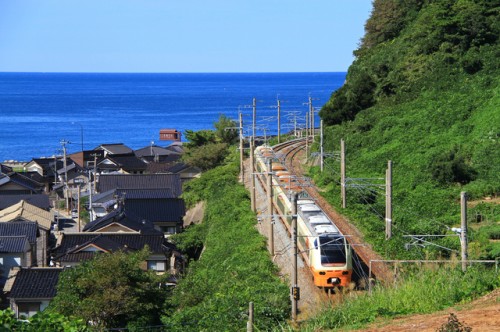







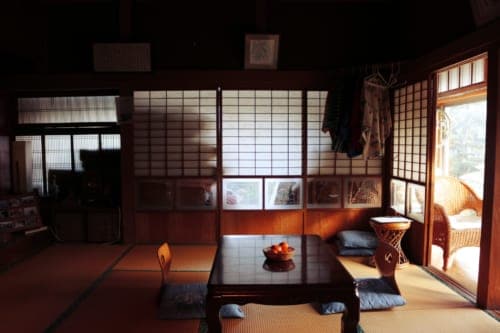
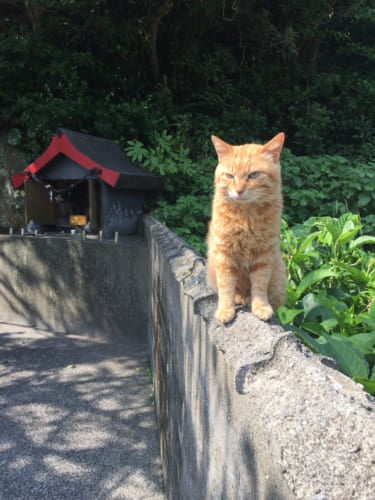
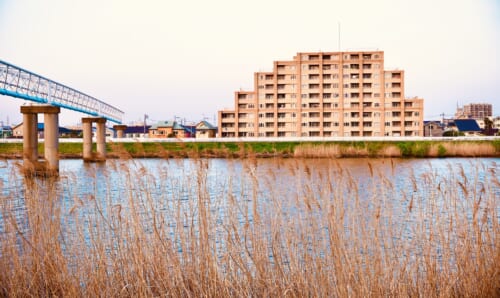

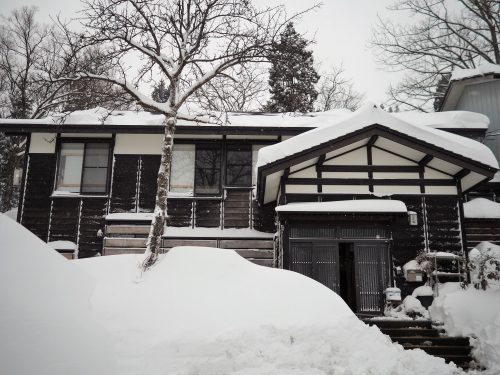


No Comments yet!